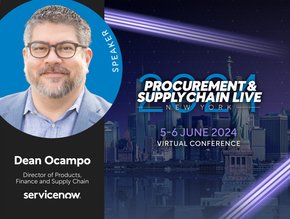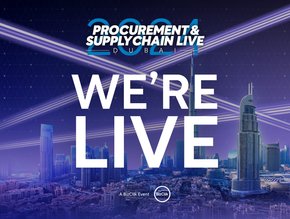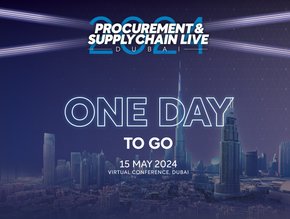Three-quarters of US SMEs 'looking to nearshore suppliers'

Small and mid-size enterprises (SMEs) in the US are embracing nearshoring in a bid to shorten their supply chains, a new report suggests.
A total of 74% of surveyed supply chain professionals at SMBs say they plan to have most or all of their suppliers in North America, with just 4% saying they’ve no plans to nearshore.
As the nearshoring trend continues to gain momentum, not all industries are making the switch at the same rate. Consumer electronics, food/beverage, and automotive are among the top industries moving manufacturing to North America, while apparel and cosmetics lag behind.
The report is published by Capterra, a marketplace vendor acting as an intermediary between buyers and technology vendors within the software industry.
Its Supplier Relationships Survey quizzed 300 supply chain professionals at SMBs about their experience and plans with suppliers.
Among the headline findings are:
- 63% of SMBs expect quicker delivery and fulfilment by nearshoring
- 54% expect better communication from suppliers
- 54% expect improved sustainability after making the switch
Yet switching to nearby suppliers isn’t a quick or easy process, the report points out, a fact that Supply Chain digital reported on recently.
While 85% of SMBs feel confident in maintaining relationships with existing suppliers, they are least confident in their ability to switch suppliers to make strategic improvements.
SMBs nearshoring suppliers at slow rate
On average, SMBs report having 27 supplier relationships but nearshored an average of only four suppliers in the past two years.
A total of 42% of SMBs rate price volatility as a top challenge in supplier negotiations.
To determine if a supplier’s pricing is fair, SMBs most commonly compare pricing gathered directly from other suppliers (66%) and review market pricing data from financial bodies, such as the Chicago Mercantile Exchange (55%).
Businesses also leverage price optimisation software for price tracking and market data analysis.
While this trend is gaining momentum, many types of manufacturing aren't able to quickly build or create factories, which is why the switch is happening gradually, says Capterra.
By mid-2023, SMBs had nearshored an average of four suppliers over the past two years, so know that switching suppliers is not a quick or easy process.
It requires careful consideration, a thoughtful vetting process, and effective integration of new suppliers into your supply chain management (SCM) system, says Capterra.






